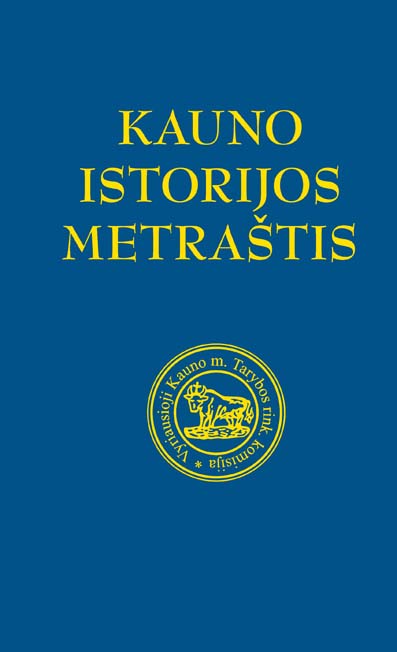Raudondvario senosios kapinės XVIII a. pabaigoje – XX a. 1-ojoje pusėje: paveldo aspektai
The Old Cemetery of Raudondvaris in the Late 18th c. – the 1st Half of the 20th c.: Heritage Aspects
Author(s): Ugnė RažinskaitėSubject(s): Cultural history, Ethnohistory, Local History / Microhistory, Recent History (1900 till today), 18th Century, 19th Century
Published by: Vytauto Didžiojo Universitetas
Keywords: The Old Cemetery of Raudondvaris; Heritage aspects; Historical value; Ethnographical value; Memorial value; A heterotopic place; Images of afterlife; Epitaphs;
Summary/Abstract: This article discusses the Old Cemetery of Raudondvaris (Kaunas district) in the late 18th century – the 1st half of the 20th century, viewing it as a multifaceted object of cultural heritage. Attention is paid to the material cultural heritage of the cemetery, as well as to intangible cultural heritage (images of the afterlife, traditions). The aim of this work is to reveal the variety of cultural values connected to the Old Cemetery of Raudondvaris, basing the research on the data extracted from written sources (memoirs, archive documents, church metrical books), as well as from iconography and cartography (historical maps, photographs, drawings). The article is divided into three parts. The first one discusses the history of Raudondvaris Old Cemetery founding and development. The second part discusses the historical value of Raudondvaris Old Cemetery, which manifest itself via famous people, who are connected to historical events and were buried here. In the third chapter tombstone epitaphs are analyzed. As a result, several conclusions were made. The Old Cemetery of Raudondvaris is connected to the tradition of noblemen funerals in Polish–Lithuanian Commonwealth (the funeral of Mary Theresa Zabiełło at the end of 18th century). In the 19th century wooden crosses were dominant in the cemetery panorama; to erect stone tombstones could only afford rich people. In the first half of 20th century at Raudondvaris Old Cemetery were buried a number of Lithuanian book smugglers (knygnešiai), during the Second World War – several distinguished military resisters. Tombstone epitaphs at Raudondvaris Old Cemetery signify two cultural periods: Polish (18th–20th century) and Lithuanian (20th century). Epitaphs reveal a deep devotion to the Blessed Virgin Mary. The history of Raudondvaris Old Cemetery reflects the cultural development of the town, as well as the history of the nation.
Journal: Kauno istorijos metraštis
- Issue Year: 2021
- Issue No: 19
- Page Range: 197-215
- Page Count: 19
- Language: Lithuanian

